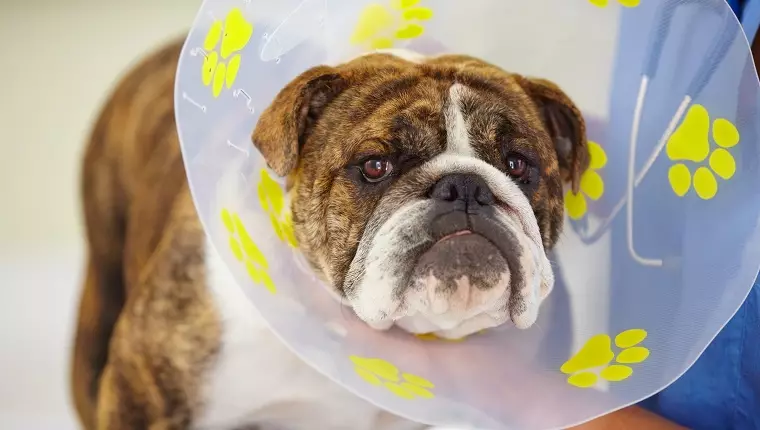February serves as Spay/Neuter Awareness Month, a time dedicated to increasing knowledge surrounding the significance of these vital procedures for our pets. In a world where pets have become cherished family members, understanding the responsibilities that come with pet ownership is crucial. Spaying and neutering play a key role in controlling the pet population and ensuring the well-being of animals. Yet, this acceptance has not always been the case; a deeper historical context reveals a troubling past regarding animal welfare and treatment.
The history of spaying and neutering unveils a disturbing reality. Over a century ago, practices that would now be viewed as inhumane were widely accepted. Animals seen as bothersome were often subjected to drowning or shooting, and anesthesia was not safe or reliable. These methods starkly contrast with the modern understanding of animal care and the ethical considerations surrounding pet ownership today.
As urbanization took hold and pet ownership surged, the influx of strays necessitated humane solutions. The early 20th century saw a dramatic rise in unwanted animals, particularly evident during the Great Depression when animal organizations reported staggering numbers of strays. The absence of sterile methods for household pets meant that the number of lost or abandoned animals grew unchecked, leading to a crisis in animal welfare.
It wasn’t until the 1930s that spaying and neutering for dogs and cats began to gain traction. While techniques for sterilizing livestock had existed for years, the application of such methods to household pets was limited. During this time, societal attitudes towards cats meant they were often considered free-roaming creatures, and spaying was not an immediate concern. Shelters faced overwhelming challenges, leading to grim statistics—euthanasia rates peaked at 100 animals per 1,000 people prior to the 1970s.
The situation began to shift considerably in the late 1960s, marked by the establishment of the first low-cost spay/neuter clinic in Los Angeles. This development opened the gateway for public dialogue regarding the necessity of sterility in pets. Animal welfare advocates reframed the conversation, presenting sterilization not merely as a convenience but as an essential component of animal welfare.
Through decades of advocacy and education, public perception began to change. Organizations like the ASPCA played a pivotal role, instituting requirements for sterilization as a condition for pet adoption by 1972. Additionally, shelter intake rates began to decline, highlighting a growing awareness of the responsibilities associated with pet ownership. The introduction of feral cat trap-neuter-release programs in the 1990s signified further progress toward humane population control.
This evolution culminated in the No Kill Movement, an initiative that was once viewed skeptically but has since gained significant traction. Today, while challenges remain, the positive trend in reducing euthanasia rates is undeniable. A recent analysis indicates a sharp drop—around 12.5 animals euthanized per 1,000 individuals—as compared to historical data showing far greater numbers.
While awareness surrounding spaying and neutering has improved, ongoing efforts are essential. Organizations such as the Alliance for Contraception in Cats & Dogs are exploring innovative, non-surgical alternatives to traditional sterilization methods. The pioneering work by scientists at the California Institute of Technology demonstrates the potential of a single injection to halt fertility, a breakthrough that may revolutionize how we approach pet population control.
Despite notable advancements, the reality remains stark: millions of shelter animals face euthanasia annually, and an alarming number of pet owners still neglect to spay or neuter their furry companions. This ongoing crisis necessitates continued education and outreach, especially during awareness months like February.
Reflecting on the significant strides made in spay and neuter practices allows us to recognize both our achievements and ongoing responsibilities. The journey from historically barbaric practices to contemporary awareness illustrates humanity’s capacity for change. As advocates for animal welfare, we must unite in our mission to encourage responsible pet ownership and promote sterility as a standard practice.
Through education, outreach, and community engagement, we can impact the current pet overpopulation crisis. As we commemorate Spay/Neuter Awareness Month, let us commit to spreading the word and fostering a future where every pet can find a loving home without contributing to the surplus of unwanted animals. Together, we have the power to change lives—one snip at a time.

